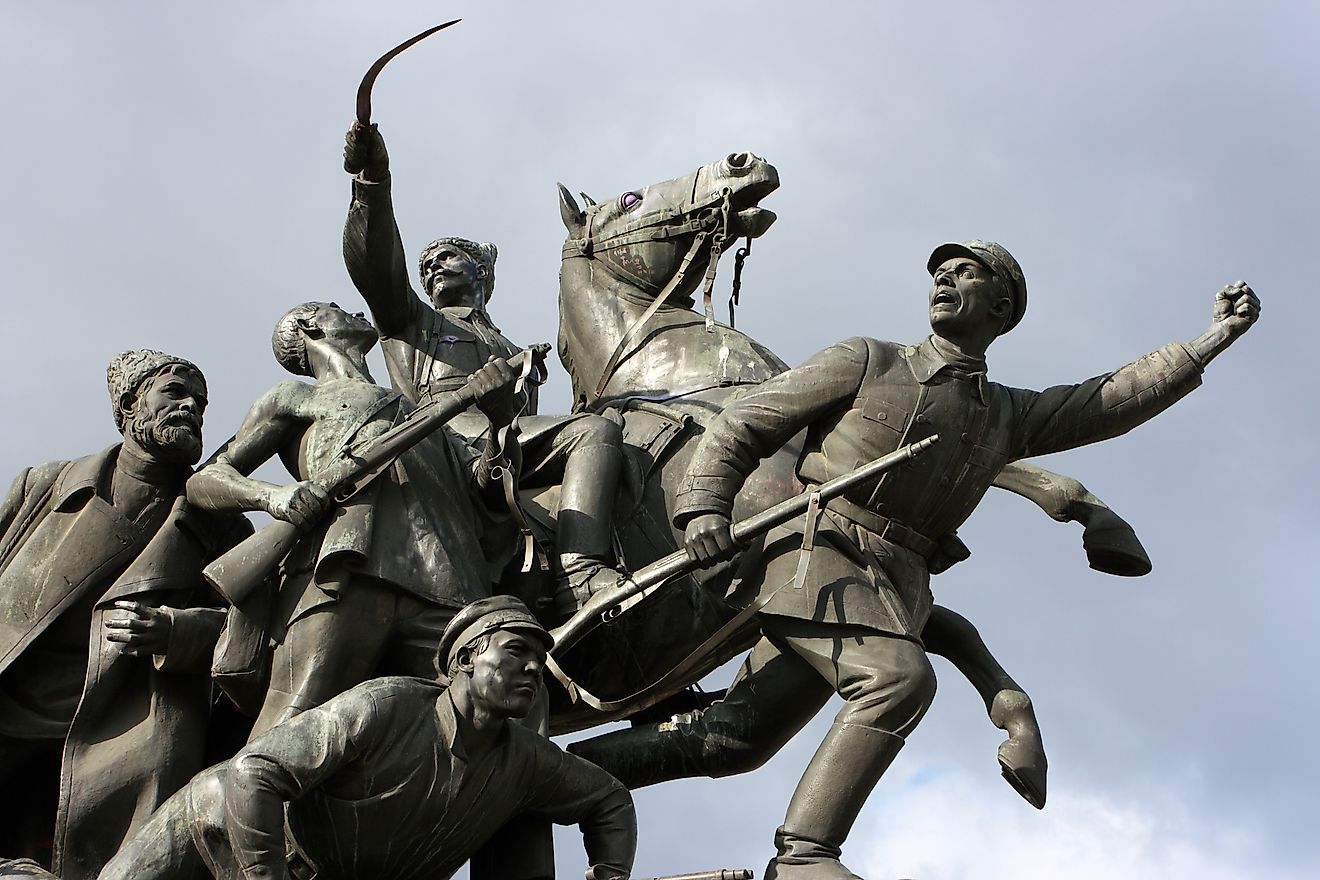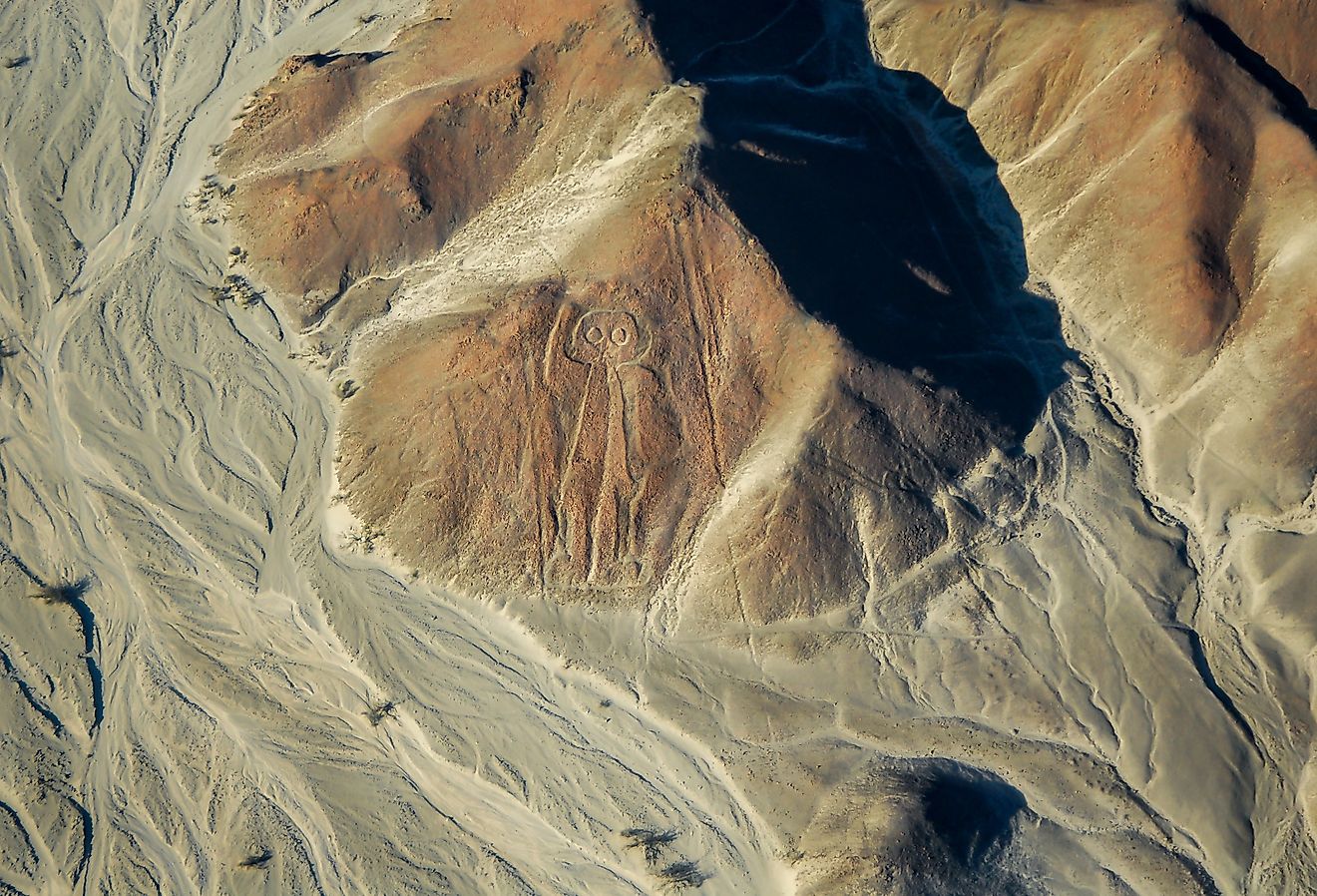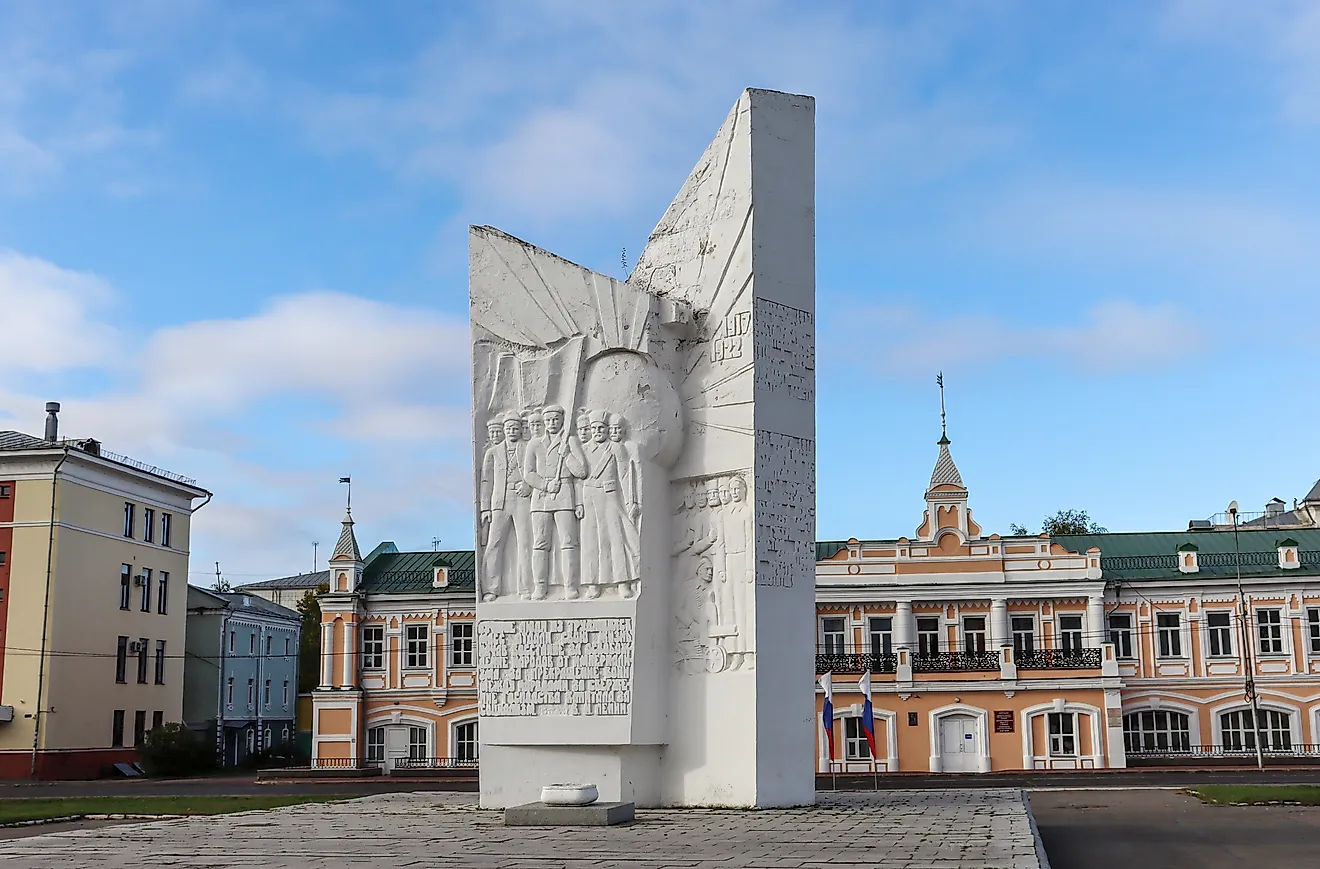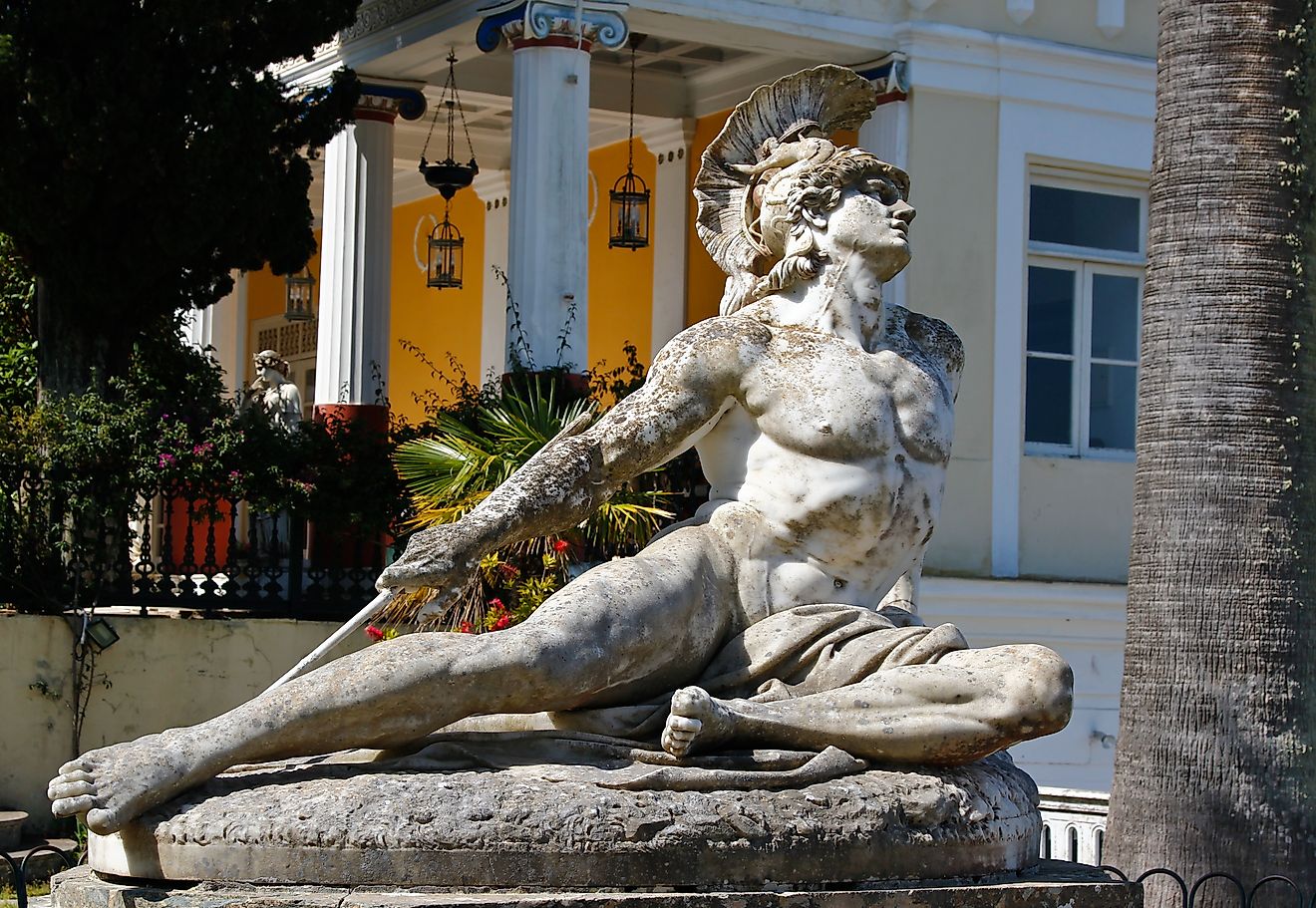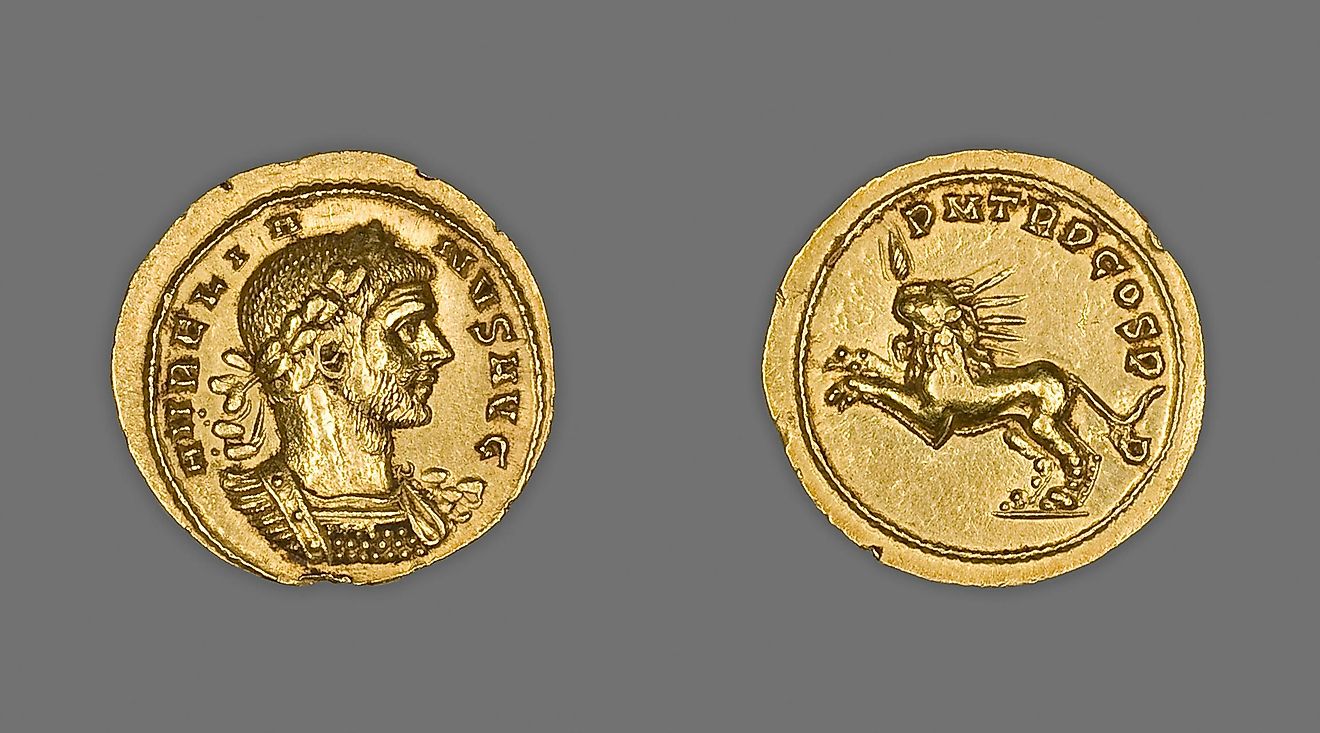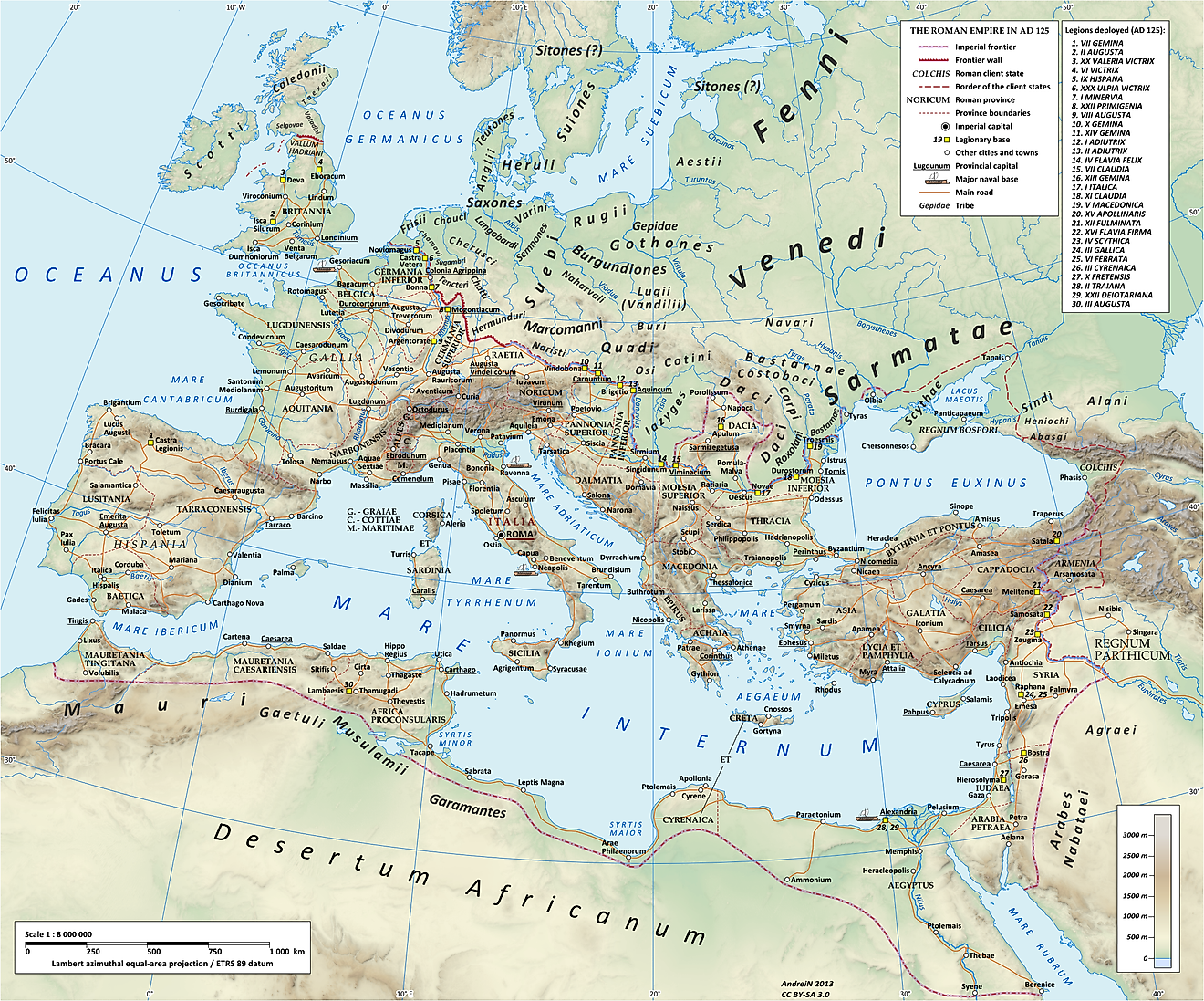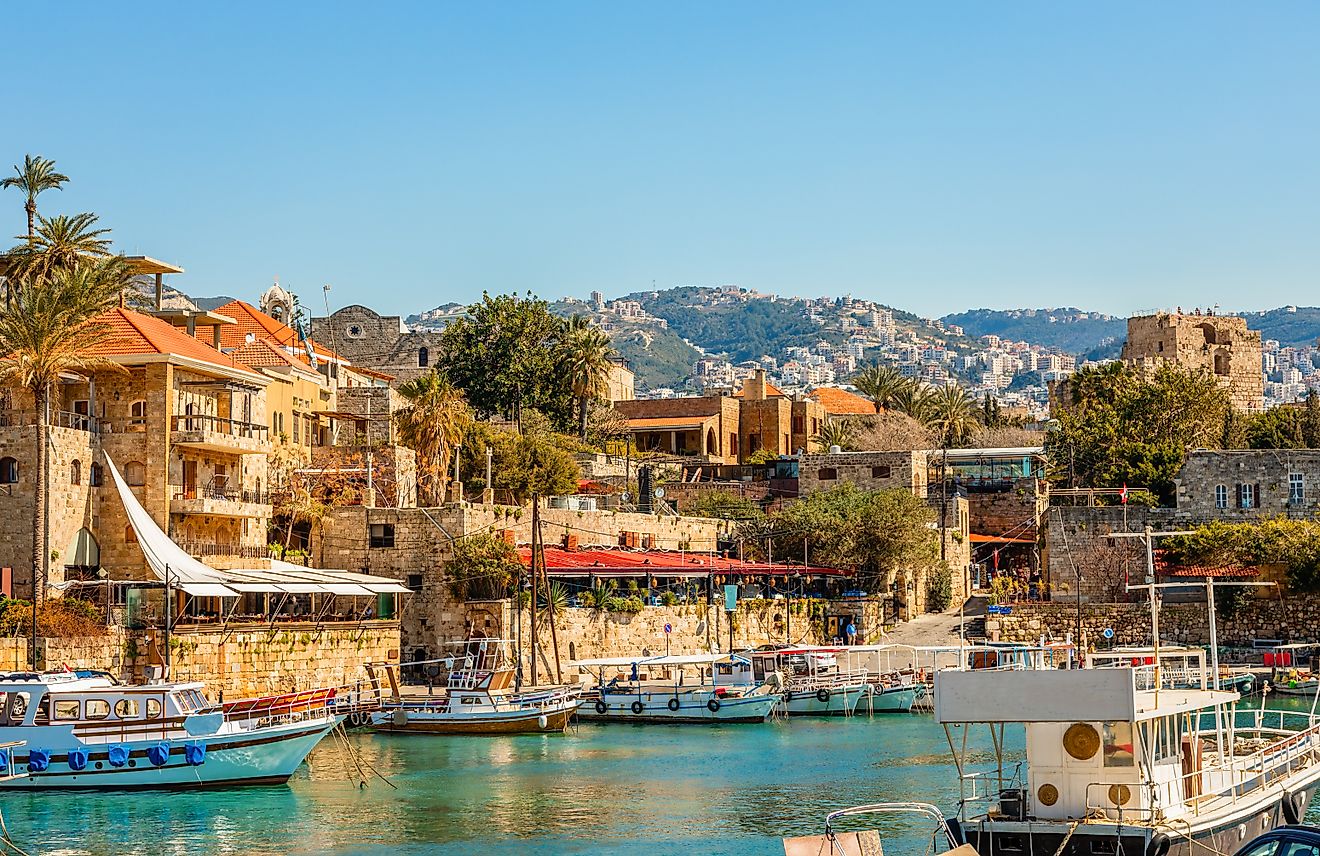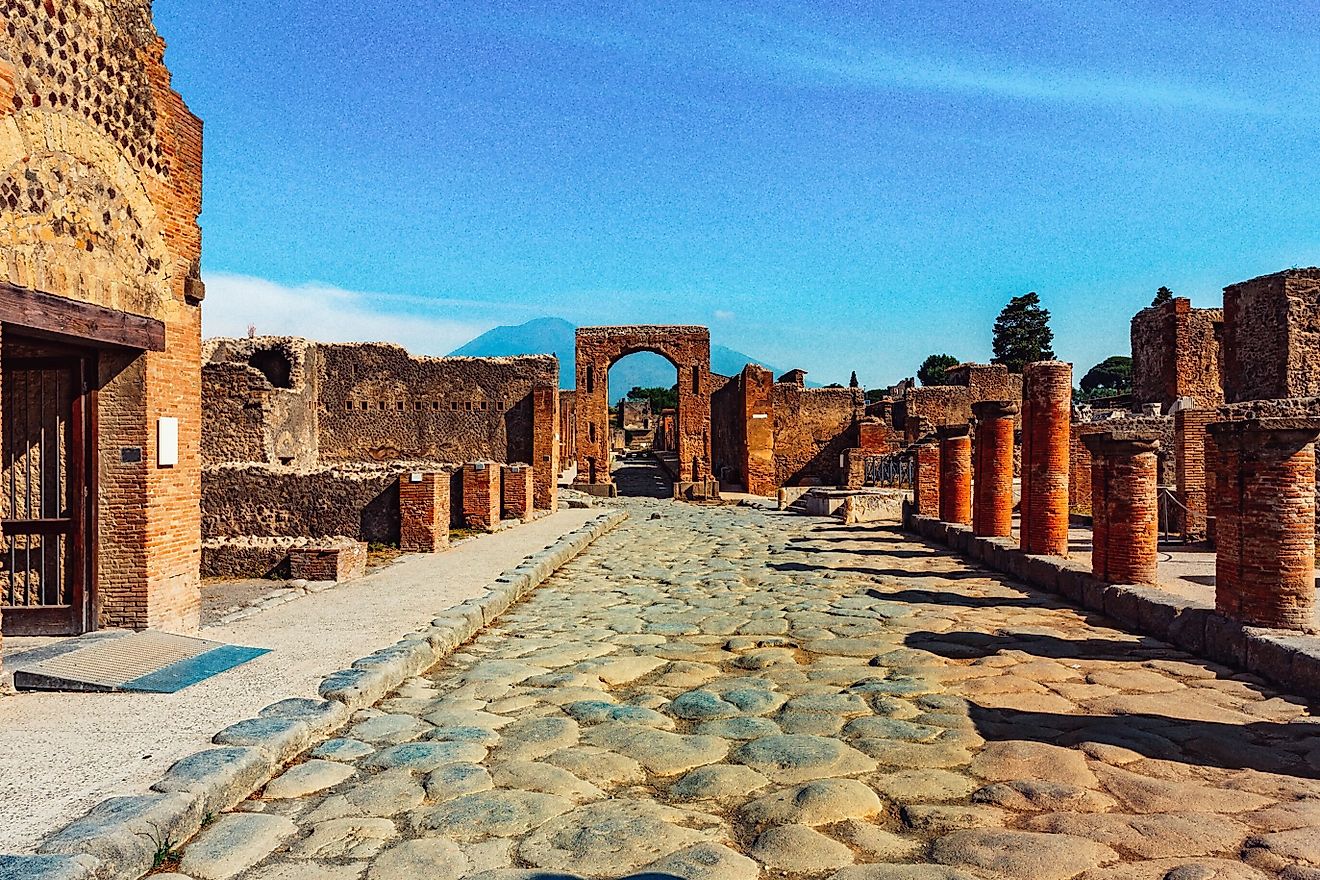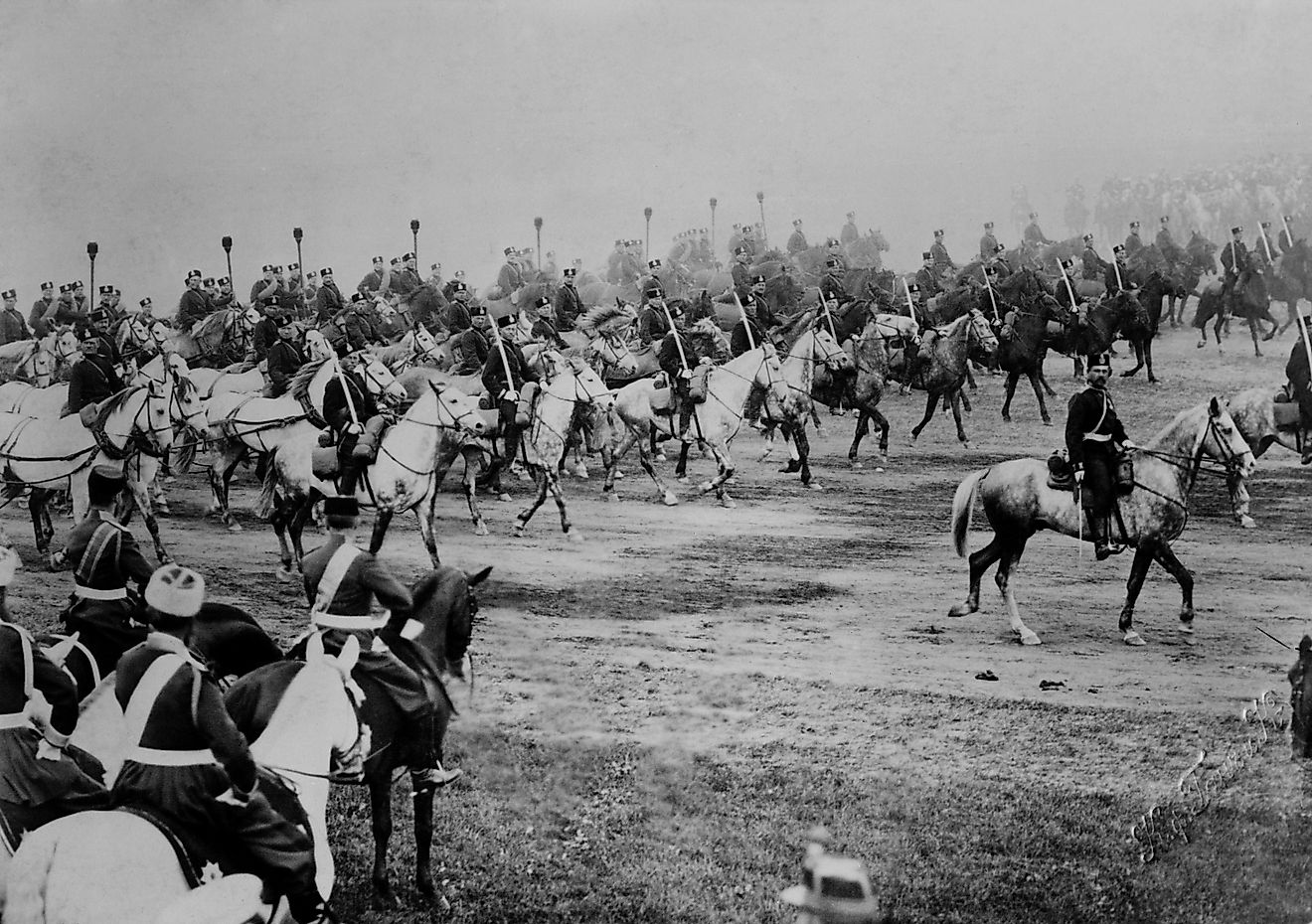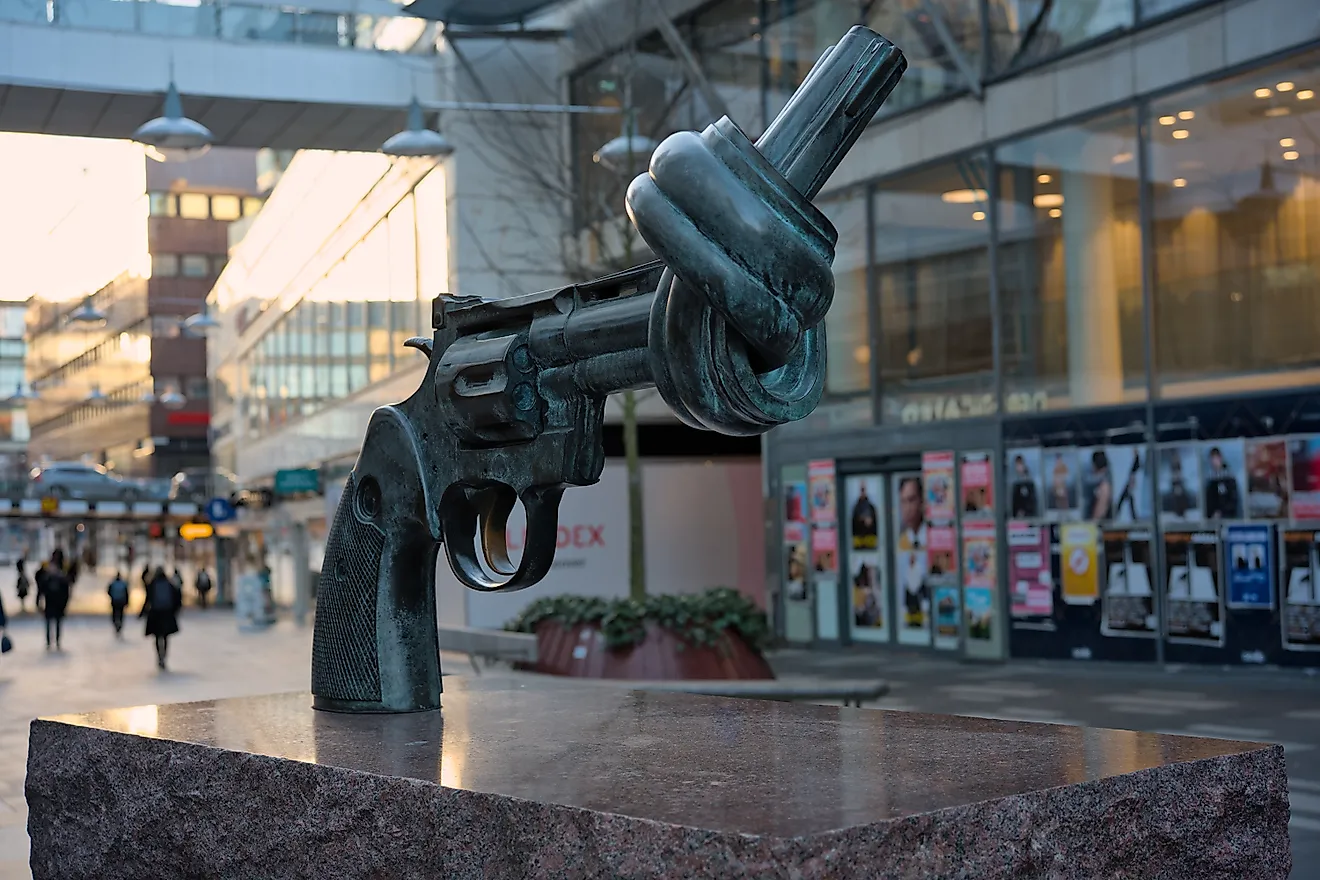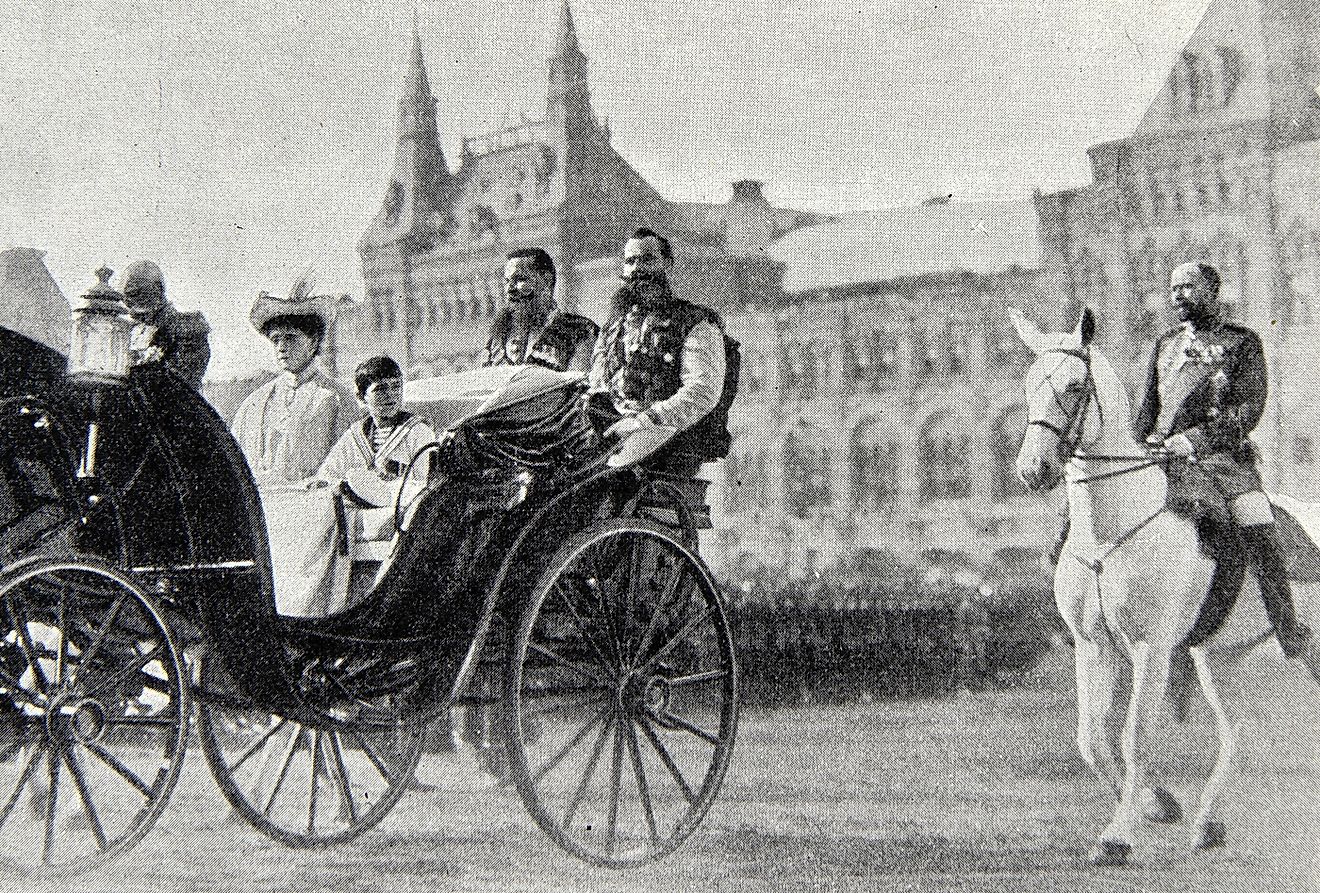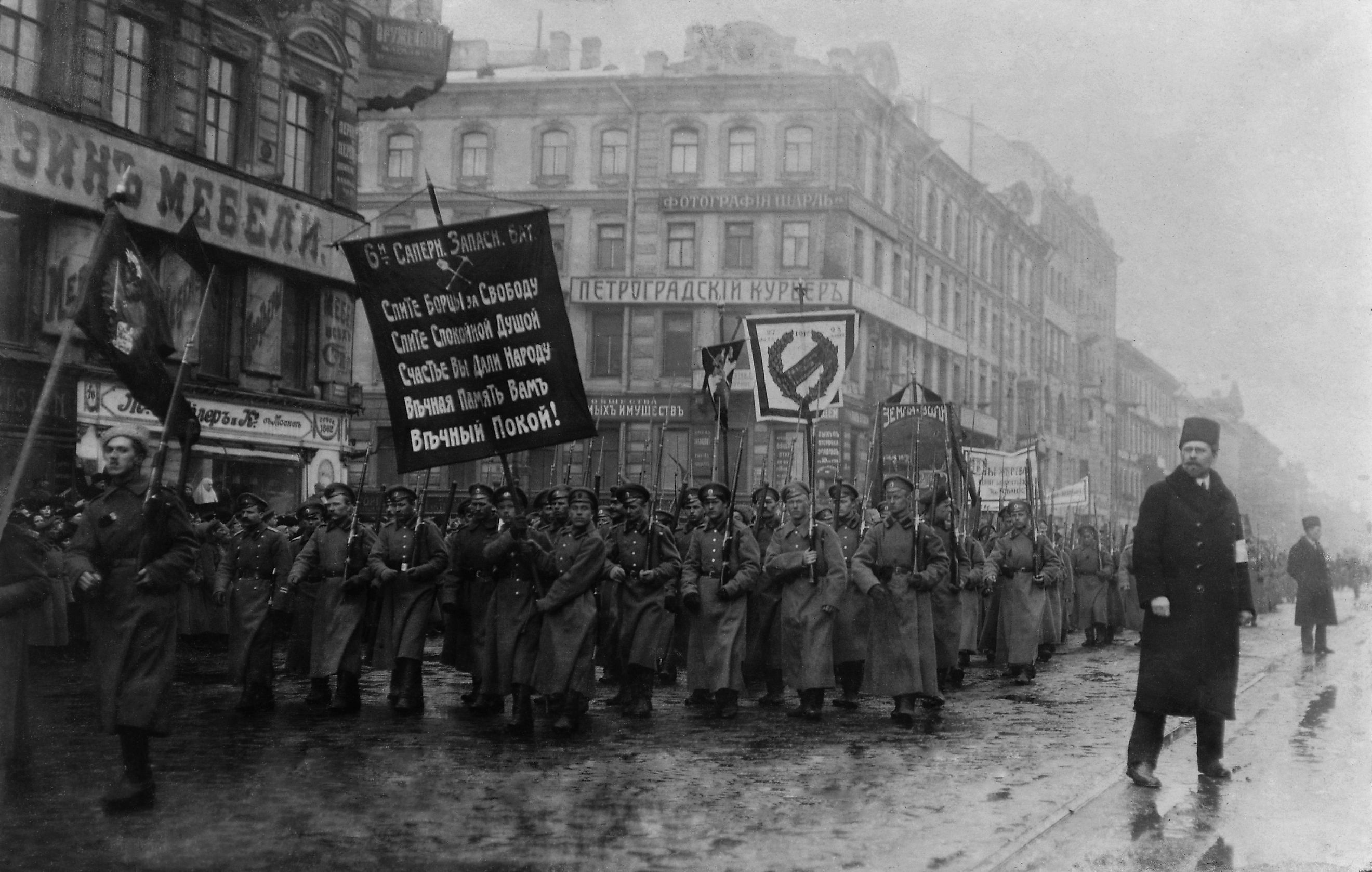
What Was The February Revolution?
As World War I entered its third year, Russia was on the brink of disaster. Tsar Nicholas II was unpopular due to Russia's poor performance in the conflict, declining living standards across the country, and the perception that his government was corrupt. This unpopularity was exacerbated by decades of poor governance. All of this culminated in March 1917 in a revolution that saw the overthrow of the Russian monarchy.
Background
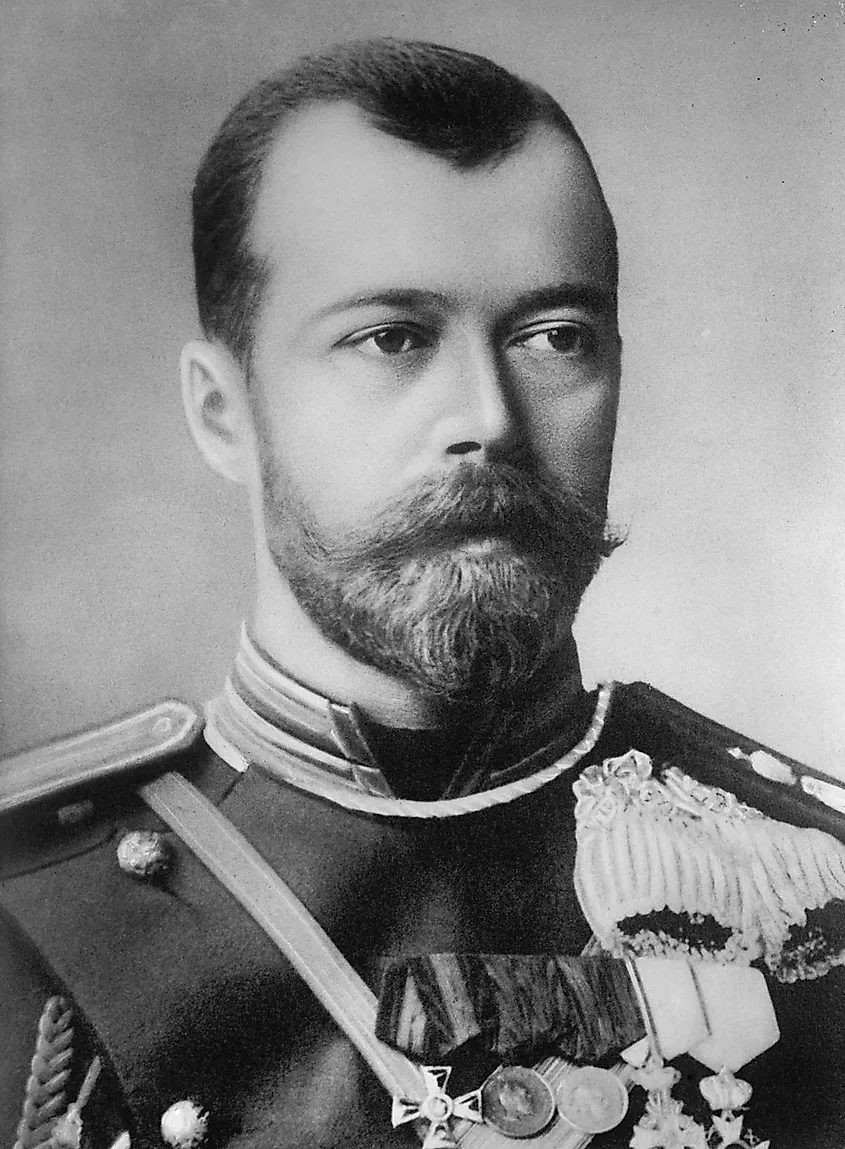
World War I began in 1914 when the Archduke of Austria-Hungary, Franz Ferdinand, was assassinated by a Serbian nationalist. This set off a chain of events that resulted in the major European powers going to war. The war perhaps affected no country more than Russia. Despite an initial surge of nationalism upon the outbreak of the conflict, by 1915, the tide had turned against Tsar Nicholas II. The Russian Army was poorly trained and ill-equipped for a war of this scale, a failure which Nicholas II made himself the face of when he named himself commander-in-chief of the army in August 1915. Furthermore, Rasputin (a Siberian monk who supposedly could heal Tsarina Alexandra's hemophiliac son) and his influence on the government further delegitimized the monarchy. All of this meant that the Romanovs were barely clinging to power by the beginning of 1917.
The February Revolution
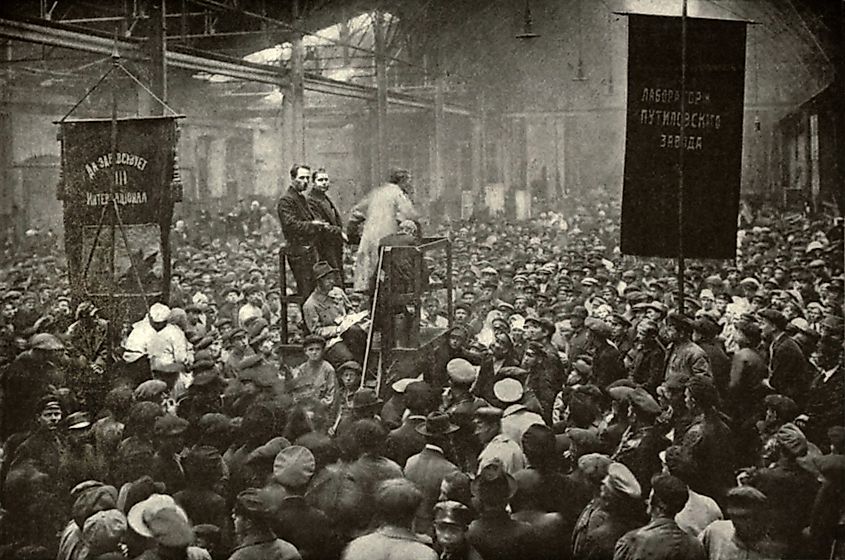
By February 1917, Russian society was nearly united against the monarchy. The upper, middle, and lower classes were feeling the impact of an at least 14 percent increase in the cost of living since the start of the war. Rumors had also emerged in the capital, Petrograd, that there was only enough flour for ten more days' worth of bread. All of this culminated on February 22nd when workers at the Putilov Mill went on strike. As members of one of the largest and most important industrial enterprises in Russia, they were very organized and began to call for a general strike. The timing was serendipitous; many strikes were already planned for that day since it was also International Women's Day. At first, the crowds protesting numbered 100,000. However, the next day there were 150,000 people, followed by 200,000 the day after that. These numbers further increased when many soldiers in the Russian Army joined the protesters. In an attempt to regain control, the Tsar dissolved the Duma (the Russian parliament), which accomplished very little. Thus, believing that the protests had gone far enough, Nicholas II, who was at the front commanding the troops, traveled back to the capital in early March. While doing so, his train was stopped by the leaders of the Duma, who told him that he needed to abdicate. Always a reluctant monarch, Nicholas did so, giving the throne to his brother Michael. Nonetheless, Michael was refused to take the throne, deferring instead to the Constituent Assembly. Thus, the reign of the Romanovs ended in March 1917.
The Provisional Government and Aftermath
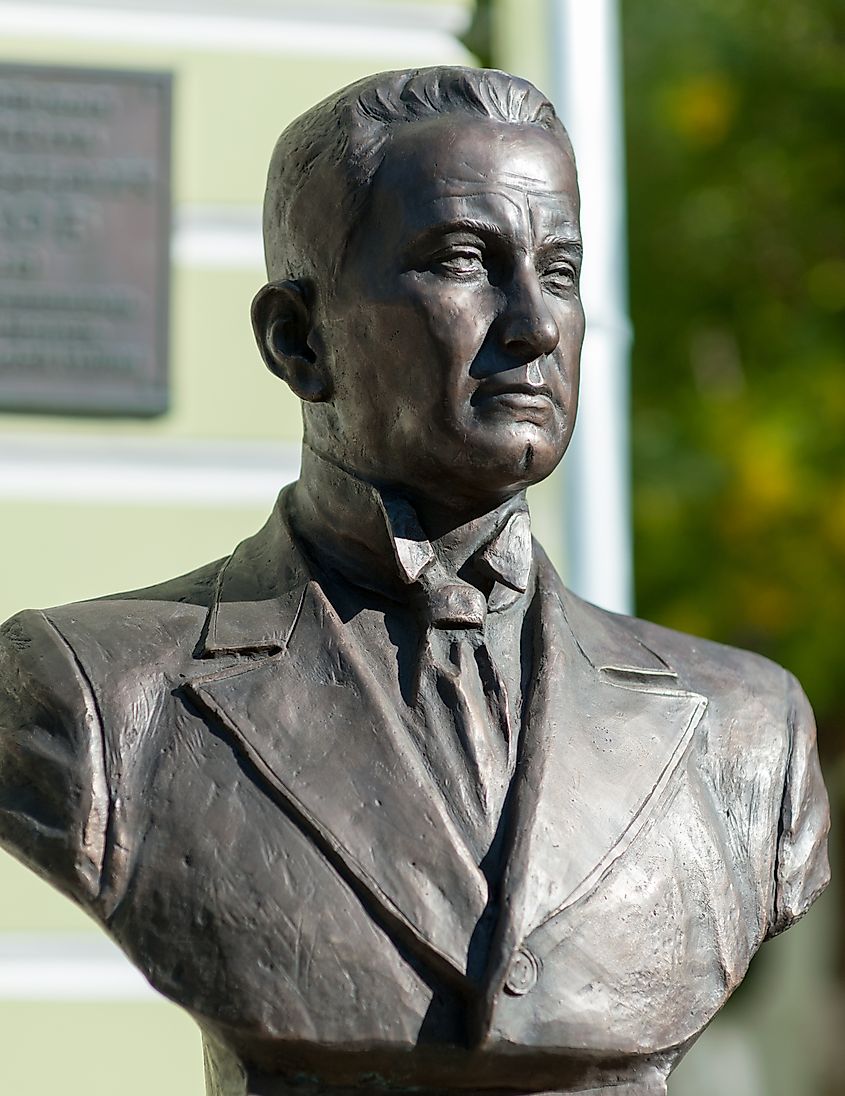
The Russian Provisional Government immediately took over governing responsibilities from the monarchy. Initially run by Prime Minister Georgy Lvov, it was made up of members of the Duma's Progressive Bloc, a coalition of centrist politicians. The government was quickly recognized internationally as the legitimate ruling body in Russia, with it being understood that it would rule until elections could be held and a constitution could be drafted. This process was far more complicated than many had hoped. The protestors recognized the authority of the Petrograd Soviet (a worker's council meant to represent the interests of the working class), not the Provisional Government. This necessitated a power-sharing arrangement between the two entities. The Soviet was made up of many key Marxists, including Leon Trotsky and Grigory Zinoviev. Perhaps the most immediately important figure was an unaffiliated socialist named Alexander Kerensky. Being unaffiliated gave him power in the Soviet and the Provisional Government, allowing him to grow his influence over the coming months. However, the return of the Bolshevik revolutionary Vladimir Lenin to Russia in April 1917 meant that Kerensky's rise to power would be complicated, and ultimately short-lived.
The February Revolution was one of the most important events in Russian history. The culmination of the masses' frustration with Nicholas II and the monarchy more generally, it saw the end of the 300-year-old Romanov dynasty. Moreover, the subsequent power-sharing arrangement of the Duma and the Provisional Government was unwieldy and unstable, giving rise to other revolutionary activities in 1917.
